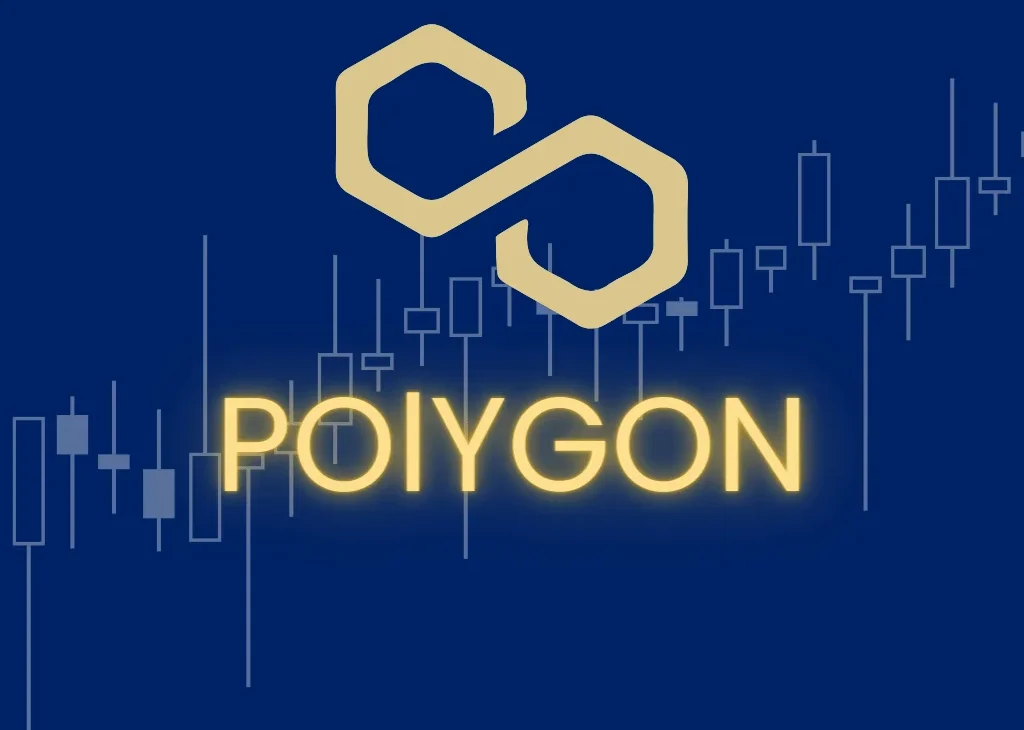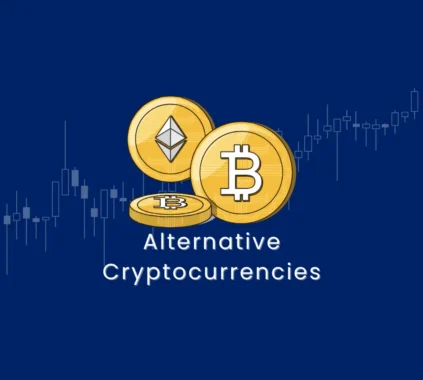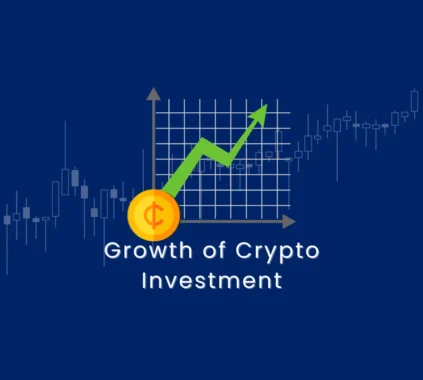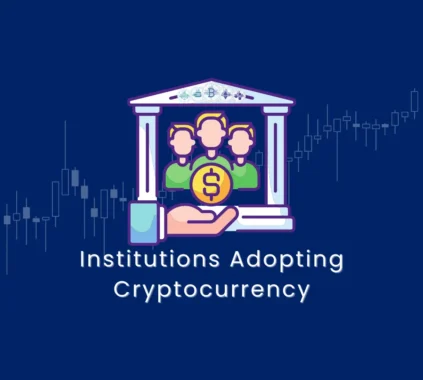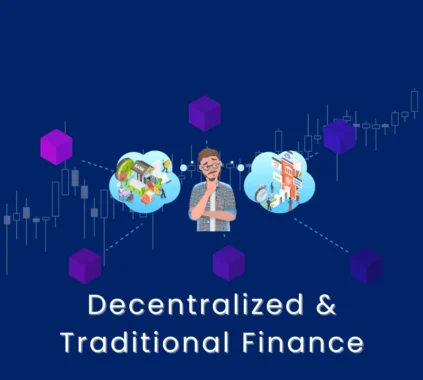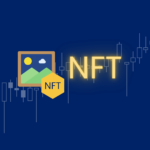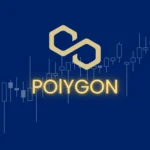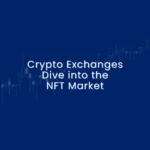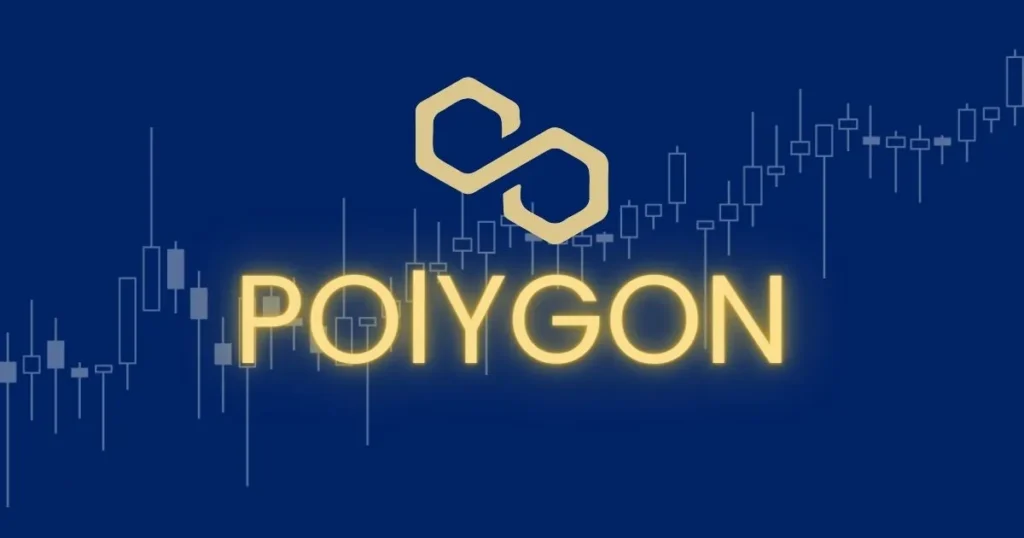
First of all, you should know about the majors of these terms provided by Simplyfy: This is an organized and flexible solution to construct blockchain networks compatible with Ethereum known as Polygon. which used to be known as Dynamic Network, attempts to solve some of the Ethereum blockchain’s scalability and usability issues.
It achieves this by offering a layer 2 scaling solution that enables transactions to happen more quickly and affordably.
Polygon and Ethereum have a synergistic relationship. On top of the Ethereum blockchain, Polygon functions as a layer 2 scaling solution, providing extra features like quicker transaction confirmation times and cheaper fees. It makes use of a secondary chain and additional scaling strategies to do this. While interacting with Polygon, users can still take advantage of the Ethereum mainnet’s security and decentralization.
Polygon (formerly Matic Network), one such innovation that is making waves in the market today, strives to transform how we interact with blockchain technology while hosting an ecosystem of interlinked blockchains within Ethereum as well as providing mass scalability on this platform. It has already made waves since releasing to the market.
This blog post is all about Polygon. its internal workings, and how it could influence decentralized apps (DApps) This Blog.
It was initially presented to the world as an innovative solution to two of Ethereum’s pressing issues – high fees and transaction throughput issues. Polygon’s ambition is to transform Ethereum into an Internet of Blockchains-like multi-chain system (known as Layer 2 Scaling solution) offering a framework for building and connecting Ethereum-compatible blockchain networks.
How Polygon Transforms Ethereum
It can be described as a layer 2 scaling solution, meaning that it runs alongside the Ethereum mainchain (layer 1) to offload some computational and storage work from it. Here is its architecture: Key Components Of Its Structure (PSDK/SDK etc.
Polygon network’s modular, flexible framework – supports the development of various kinds of applications. Its Heimdall Layer:
Proof-of-Stake (PoS) checkpoint layer in which block producers are selected from among stakers to establish block checkpoints, Its Bor Layer: agitate Bor layer offers additional privacy protection by restricting block producers who create checkpoints at that layer only to a pool of stakers for confirmation before creation takes place (Proof of Stake (PoS).)
Block Producer (BP) Chain: Whilst POF blockchain runs parallel with Ethereum and secures it. Whilst PoS chains exist that function similarly.
Its Framework Is Built Around Ethereum-Compatible Blockchain Networks Polygon was designed with ease of transition in mind for developers working within Ethereum-compatible blockchain networks, offering seamless interactions with tools and DApps supported by EVM. Technological advances behind Polygon revolve around Scalability
It significantly boosts transaction speed and complexity by offloading transactions to another chain before batching them onto Ethereum. Security:
Polygon chains bolster the existing security mechanisms of Ethereum while offering additional safeguards of protection for transactions that don’t fit within its main blockchain’s purview. Interoperability:
It also facilitates interoperability by managing transactions off-chain before batching them back onto it later for final settlement.
Facilitate an environment in which various blockchain networks can communicate and exchange value without intermediaries, without hindrance from traditional financial intermediaries. Our goal is to offer an exceptional “zero gas” transaction experience that is quick, safe, and cost-effective an essential ingredient of widespread adoption. Likewise, for developers, experience (DX) is also key: it strives to offer safe transaction environments at zero gas costs as quickly as possible for maximum developer participation and adoption.
Offers Ethereum developers a familiar environment, better features, and improved performance.
MATIC (Polgon Native Token) is Polygon’s native utility token used for governance, staking, and gas fees. Users who hold MATIC can engage with network operations while contributing to security via staking as well as paying transaction fees for transactions made using MATIC.
Utilizing its fast, affordable infrastructure, the Polygon ecosystem has experienced extraordinary development with various DApps such as games and social networks to DeFi and NFT platforms.
Its Challenges and Future Directions Polygon faces both centralization concerns due to its PoS mechanism as well as competition from layer 2 solutions; however, its future appears promising with plans for enhanced interoperability with other blockchains as well as continuous infrastructure enhancement.
We present user user-friendly platform that has quickly made an impressionful beginning in the blockchain industry and helped accelerate Ethereum’s transition toward a multichain future. Now more accessible and interconnected than ever, its ecosystem continues to flourish under Polygon.

